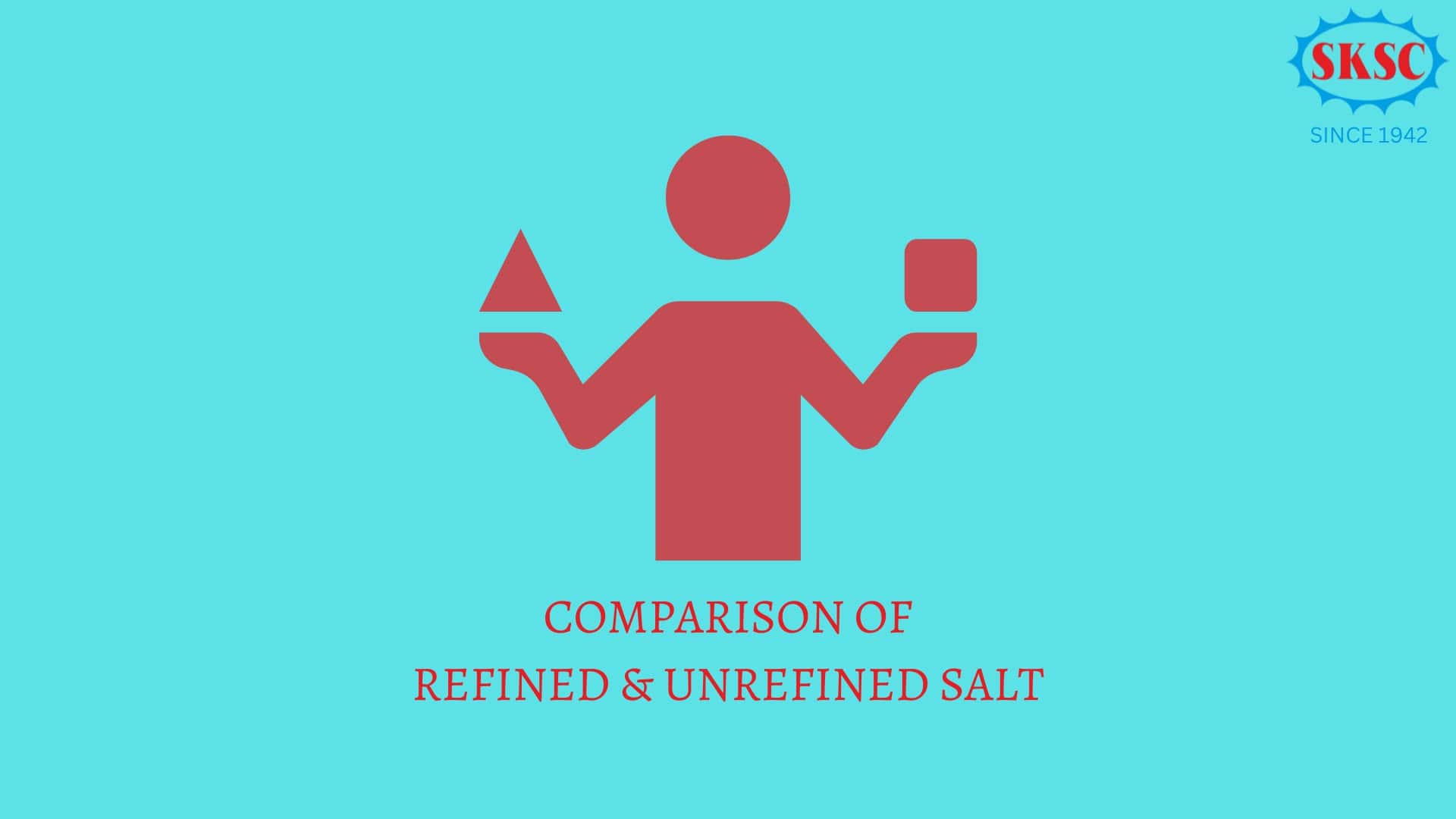
Comparison of Refined & Unrefined Salt
Mineral content:
The trace minerals from its natural source, such as magnesium, iron, potassium, calcium, copper, zinc, and phosphorus, are all present in unrefined rock salt. Many of these nutrients' health advantages, which are crucial for maintaining your body's electrolyte balance and promoting overall immunological health, are also present in salt. These nutrients are usually taken out during the refining procedure needed to create refined salt.
Producing process:
The method of chemical refinement used to produce refined salt is what distinguishes it from unrefined salt. Deep-shaft salt mines or the ocean are the sources from which producers gather, grind, and package unprocessed salt.!
Harvesting:
Unique natural harvesting techniques are used to produce specialty natural salts like Celtic sea salt and Real Salt. Harvesters use conventional Celtic techniques to obtain Celtic sea salts from the French coastline. Redmond Real Salt is an unprocessed natural sea salt that is derived from an ancient sea in Redmond, Utah. It contains sixty trace minerals. On the other hand, refined salt goes through a chemical process to eliminate impurities in order to obtain "pure" salt that is virtually entirely sodium chloride (NaCl). This procedure includes feeding salt, washing salt, dosing coating and additives, drying salt, and sizing salt. In order to extend the shelf life of refined salt and maintain its chemical composition, manufacturers also add anti-caking agents, conditioning agents, and other ingredients (such as silicate, iodizing agents, and refined sugars, such as dextrose).
Texture:
Producers pulverize refined salt into a fine-grain texture during the refining procedure. This kind of salt is liable to clump together unless it contains anti-caking chemicals. Due to its limited processing, unrefined salt has a gritty texture that is comparable to that of its crystalline state. Some unrefined salt brands (such as pink Himalayan salt) are ground even finer than when they were first created.
Taste:
Due to its significant mineral concentration, unrefined salt has a more nuanced flavor character than pure salt. Salt that has been refined is more pure in terms of flavour.
3 Uses of Unrefined salt in day to day life
Culinary seasoning:
You can use unrefined salt as a seasoning in meals because it is of food-grade quality. Himalayan sea salt in the vibrant shade of pink also makes a lovely garnish for sweets like caramels and chocolate chip cookies. Think of rimming your Margarita with a ring of coarse salt.
Curing meat:
A method of preserving meat called curing includes rubbing a piece of meat with salt to draw out extra moisture and get it ready for long-term storage. Butchers typically use pink curing salt, which is a combination of table salt and sodium nitrate, to dry a range of meats. Sea salt can also be used to cure and dry foods, though.
Mouth Cleaning/Freshening:
Because unrefined salt balances the pH levels in the mouth and inhibits the growth of bacteria, it aids in the promotion of dental health. Regularly gargle with a saltwater solution to maintain oral hygiene or use a salt rinse to treat a sore throat or canker sore.
S.K.S.C.NADARAJAN & BROR.
Salt company since 1942
Tuticorin Salt | India Salt | Tamil nadu Salt | Salt company Tuticorin | Salt company tamil nadu | Salt company India | India old salt company | SKSC salt | salt Thoothukudi | salt exporter tuticorin | Thoothukudi salt | Sea salt Thoothukudi | Sea salt tuticorin | Thoothukudi traditional salt | Thoothukudi salt exporter | deicing salt tuticorin | deicing salt exporter | Tuticorin saltern | thoothukudi saltern | South India salt company | South indian salt export | Kerala salt supplier | Salt supplier
